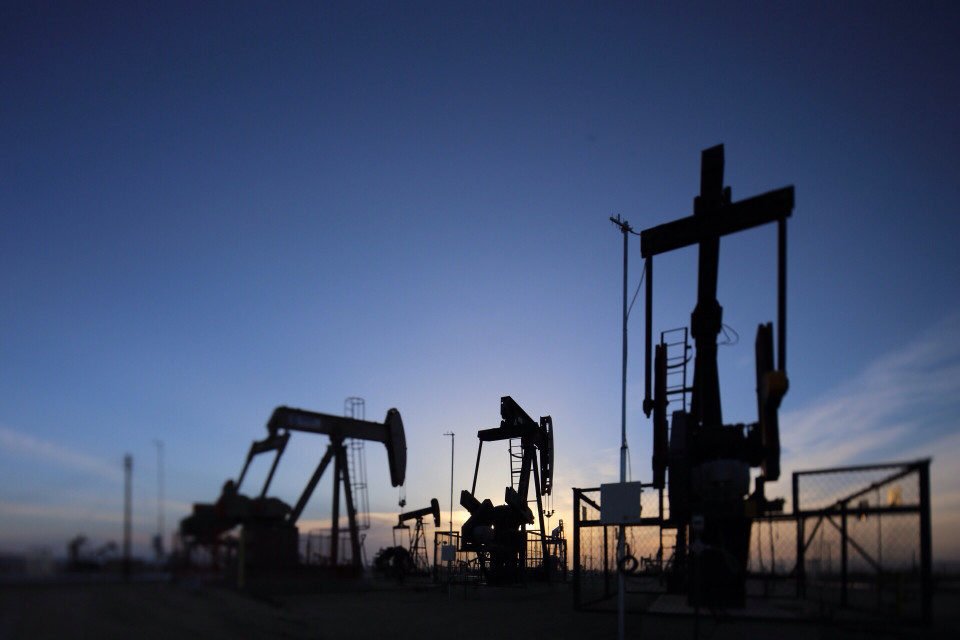Beyond the Internet of Things Oil & Gas

Since November 2014, the barrel of oil has been below the threshold of US$ D80 (according to a report by macrotrends*) and experts say that it will continue like this for several years.
This makes profit margins tighter and the long-term solution is not to cut costs, but to adapt to change, optimize processes, improve operational efficiency and become a competitive producer in the face of the new market reality.
Almost two decades ago the concept of the Internet of Things arose, which refers to the possibility of everyday objects connecting to the Internet to be remotely monitored and controlled.
The passage of time and technological evolution were in charge of increasing its popularity. Today we find ourselves in a world submerged in this concept with more and more devices connected to the Internet that report data or are used to take action on events.
This term, nowadays, can be transferred to a much larger and complex scenario, thus giving rise to the IIoT (Industrial Internet of Things), which is simply a more industrial vertical of the already well-known term.
It is easy to see the advantages of introducing the IIoT in the Oil & Gas market : real-time remote monitoring allows a quick response to unforeseen events in remote, insecure and difficult-to-access places, reducing non-productive time while reducing security risks and staff health.
what has altered over time?
The answer is that it is not enough just to have the data, but what to do with it and how to take advantage of it.
In other words, the answer lies in the combination of the volume of data produced by IoT, its complexity and speed of development (Big Data) plus the analysis capacity that new Machine Learning techniques can provide -a branch of artificial intelligence dedicated to the use of complex mathematical models for a computer to learn from input data-.
Today all this information can be extremely valuable for the management of an oil well or refinery, since it can be used to carry out predictive and precautionary maintenance of equipment, anticipate possible failures and reduce non-productive time to previously inaccessible values.
Substantial repair and maintenance costs can still be avoided, get a more accurate picture of the use of physical and energy resources and promote a more sustainable consumption of these. This can also prevent the occurrence of oil spills and other accidents, reducing the environmental impact and carbon footprint.
For all this, the integration of the IIoT in Oil & Gas could improve its operational efficiency and leave its development in the long term. It is indeed possible that these technologies will gradually become more accurate in order for the Oil & Gas industry to remain competitive in the market in the not too distant future.
